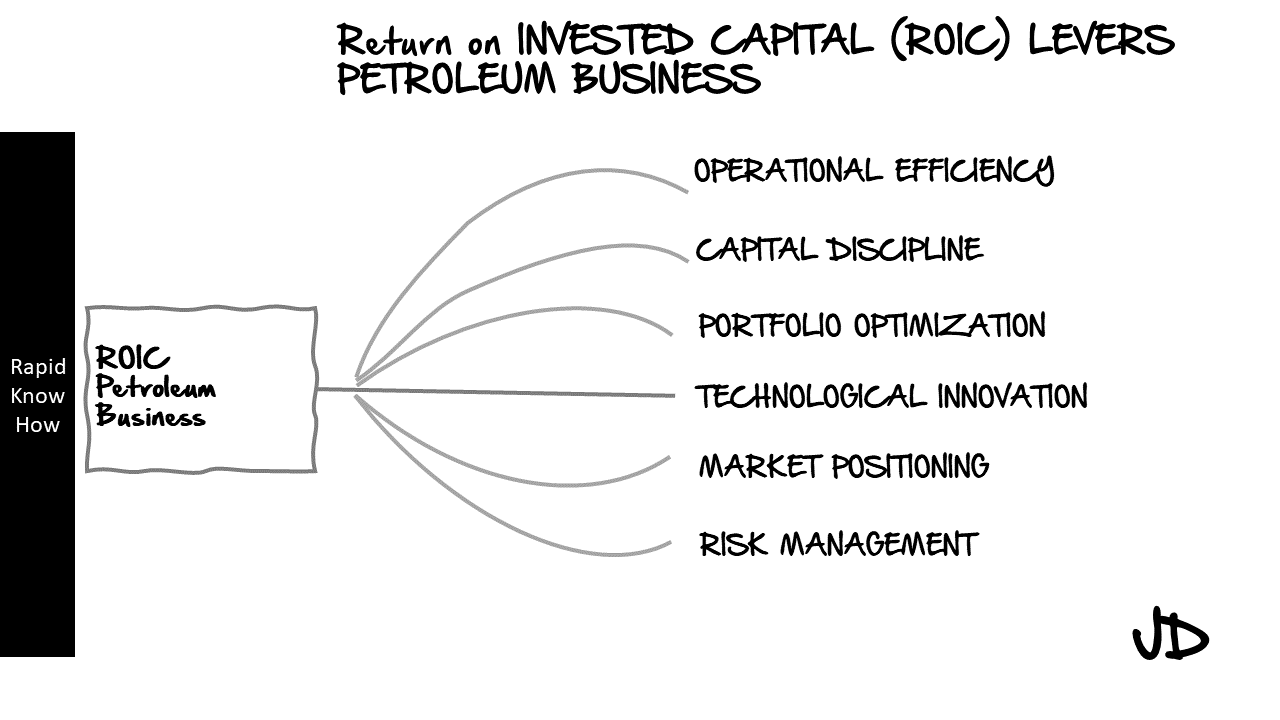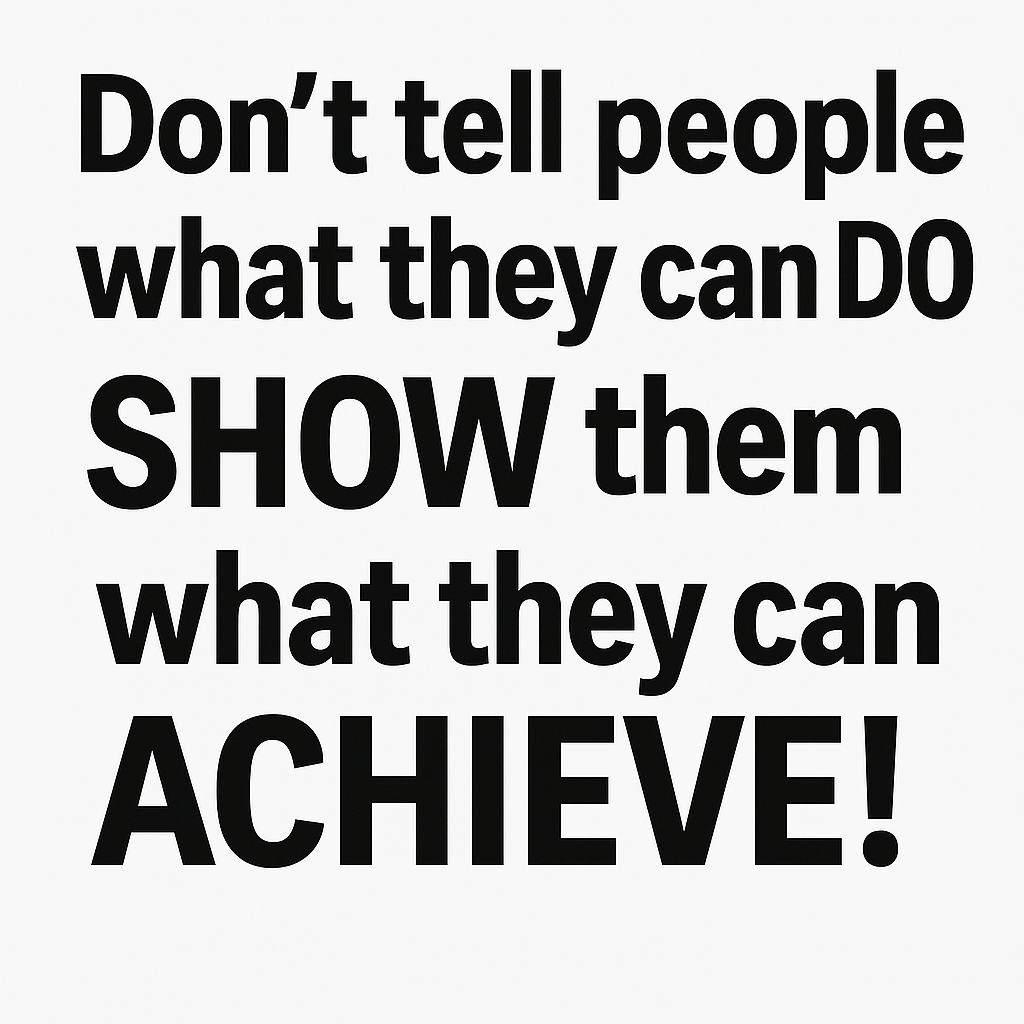Designing Innovative B2B Business Solutions: A Comprehensive Approach
In the rapidly evolving landscape of business-to-business (B2B) solutions, innovation is not just a buzzword; it’s a necessity. Companies are constantly seeking ways to enhance efficiency, improve customer satisfaction, and stay ahead of the competition.
One effective way to foster innovation is through creative thinking techniques that challenge conventional approaches.
Below, we explore five distinct methods—flipping it backward, turning it upside down, opposing it, putting it in a box, and reducing the number of pieces—along with ten examples for each method.
A. Flip It Backward – 10 Examples
Flipping a concept backward involves reversing the usual order or approach to find new insights. Here are ten examples:
1. Customer Support: Instead of waiting for customers to reach out with issues, proactively contact them after a purchase to ensure satisfaction.
2. Sales Process: Start with closing the deal first by offering a trial period before discussing pricing.
3. Product Development: Begin with customer feedback and then design the product rather than creating it first and seeking feedback later.
4. Marketing Strategy: Focus on retaining existing customers before acquiring new ones by enhancing loyalty programs.
5. Supply Chain Management: Instead of pushing products to customers, pull inventory based on real-time demand data.
6. Training Programs: Offer training sessions after employees have already started using the tools instead of before.
7. Networking Events: Organize events where potential partners pitch their needs instead of companies pitching their services.
8. Feedback Mechanism: Collect feedback on what customers dislike about competitors rather than what they like about your product.
9. Pricing Models: Consider value-based pricing where you charge based on the value delivered rather than cost-plus pricing.
10. Partnerships: Collaborate with competitors to address common industry challenges instead of competing against each other.
B. Turn It Upside Down – 10 Examples
Turning an idea upside down means looking at it from an entirely different perspective:
1. Sales Funnel: Instead of focusing solely on leads at the top of the funnel, prioritize nurturing existing relationships at the bottom.
2. Product Features: Highlight limitations or downsides as part of your marketing strategy to build trust and transparency.
3. Customer Segmentation: Target niche markets that are often overlooked instead of mainstream audiences.
4. Employee Roles: Allow employees to choose their roles based on their strengths rather than assigning roles based on hierarchy.
5. Feedback Collection: Use anonymous surveys to gather honest feedback instead of direct interviews which may lead to biased responses.
6. Content Marketing: Create content that addresses common misconceptions about your industry rather than just promoting your products.
7. Networking Approach: Shift from transactional networking to relationship-building by focusing on how you can help others first.
8. Innovation Process: Encourage failure as part of the innovation process instead of viewing it as something negative that must be avoided.
9. Customer Journey Mapping: Start mapping from post-purchase experiences back to pre-purchase interactions instead of the traditional forward approach. 10. Brand Messaging: Communicate what your brand stands against rather than just what it stands for.
C. Oppose It – 10 Examples
Opposing an idea involves taking a contrary stance to stimulate new thoughts:
1. Automation in Customer Service: Argue against full automation by emphasizing the importance of human touch in customer interactions.
2. Remote Work Policies: Challenge the notion that remote work is always more productive by highlighting potential collaboration issues in virtual settings.
3. Subscription Models: Oppose subscription models by advocating for one-time purchases that offer flexibility and lower long-term costs for clients.
4. Data-Driven Decisions: Question over-reliance on data analytics by stressing the importance of intuition and experience in decision-making processes.
5. Standardized Training Programs: Oppose one-size-fits-all training by promoting personalized learning experiences tailored to individual employee needs.
6. Social Media Marketing Dominance: Challenge the belief that social media is essential for all businesses by showcasing successful companies using traditional marketing methods effectively.
7. Customer-Centric Approaches: Argue against being overly customer-centric at the expense of employee satisfaction and well-being, which can ultimately affect service quality.
8. Global Expansion Strategies: Question whether global expansion is always beneficial by highlighting successful local businesses that thrive without international presence.
9. Innovation as a Priority: Oppose constant innovation as a goal; sometimes refining existing products can yield better results than creating new ones continuously.
10. Competitive Analysis Focused Strategies: Challenge businesses to focus less on competitors and more on their unique value propositions.
D. Put It in a Box – 10 Examples
Putting ideas in a box means defining clear parameters or constraints within which creativity can flourish:
1. Budget Constraints for Projects: Set strict budgets for innovation projects to encourage resourcefulness and creativity within limits.
2. Time-Limited Hackathons: Organize hackathons with specific time frames where teams must develop solutions quickly under pressure.
3. Defined Customer Personas: Create detailed personas that guide product development while ensuring focus remains on specific target audiences only.
4. Regulatory Compliance Frameworks: Design solutions within regulatory frameworks that ensure compliance while still allowing room for creativity in execution.
5. Technology Stack Limitations: Restrict teams to use only certain technologies or platforms when developing new solutions, fostering innovative uses within those confines.
6. Fixed Team Structures for Projects: Assign fixed teams with diverse skill sets for specific projects, encouraging collaboration within defined roles and responsibilities.
7. Predefined Success Metrics: Establish clear metrics for success before starting projects so teams know exactly what they need to achieve creatively within those boundaries.
8. Industry-Specific Challenges Only: Focus innovation efforts solely on challenges faced within specific industries rather than trying to solve every problem across sectors simultaneously.
9. Limited Scope Projects Only: Encourage teams to tackle smaller-scale projects first before moving onto larger initiatives, allowing them to build confidence and expertise gradually within defined limits.
10. Single-Channel Marketing Campaigns Only Initially: Start marketing efforts focused solely on one channel (e.g., email) before expanding into multi-channel strategies.
E. Reduce The Number Of Pieces – 10 Examples
Reducing complexity often leads to clearer thinking and more effective solutions:
1. Simplified Product Lines: Streamline offerings by reducing product lines from ten variations down to three core options based on customer preferences and sales data analysis.
2. Minimalist User Interfaces: Design software interfaces with fewer buttons and options, focusing only on essential features that enhance user experience without overwhelming users with choices.
3. Concise Communication: Limit internal communications by adopting bullet-point formats or visual aids instead of lengthy emails or reports filled with jargon-heavy language that may confuse recipients unnecessarily
4 .*Streamlined Approval Processes: Reduce layers in approval processes so decisions can be made faster without unnecessary back-and-forth between departments involved
5 .*Focused Marketing Campaigns: Concentrate marketing efforts around one key message per campaign rather than trying multiple angles simultaneously which could dilute impact
6 .*Simplified Pricing Structures: Offer straightforward pricing models (e.g., flat rates) instead complex tiered systems requiring extensive explanations leading potential customers away due confusion
7 .*Reduced Meeting Frequency: Cut down regular meetings frequency while ensuring critical updates shared through concise newsletters keeping everyone informed without wasting time unnecessarily
8 .*Essential Training Modules Only: Limit training programs offered employees focusing solely essential skills required job performance avoiding overwhelming them information overload
9 .*Core Values Definition: Narrow down company core values list five key principles guiding culture decision-making processes ensuring clarity consistency across organization
10 .*Targeted Customer Segmentation: Identify two-three primary customer segments focus marketing efforts towards those groups maximizing effectiveness resources spent reaching audience most likely convert
Conclusion
Designing innovative B2B business solutions requires a multifaceted approach that encourages creative thinking beyond traditional boundaries while addressing real-world challenges faced by organizations today..
By employing techniques such as flipping ideas backward, turning them upside down, opposing conventional wisdom, putting concepts into boxes with defined parameters, or reducing complexity through simplification strategies—businesses can unlock new opportunities for growth success.
If you’re ready to embark on this journey toward innovation within your organization’s B2B solutions framework—start exploring these methods today! Embrace creativity challenge norms; you may discover groundbreaking ideas waiting just beneath surface familiar practices!




